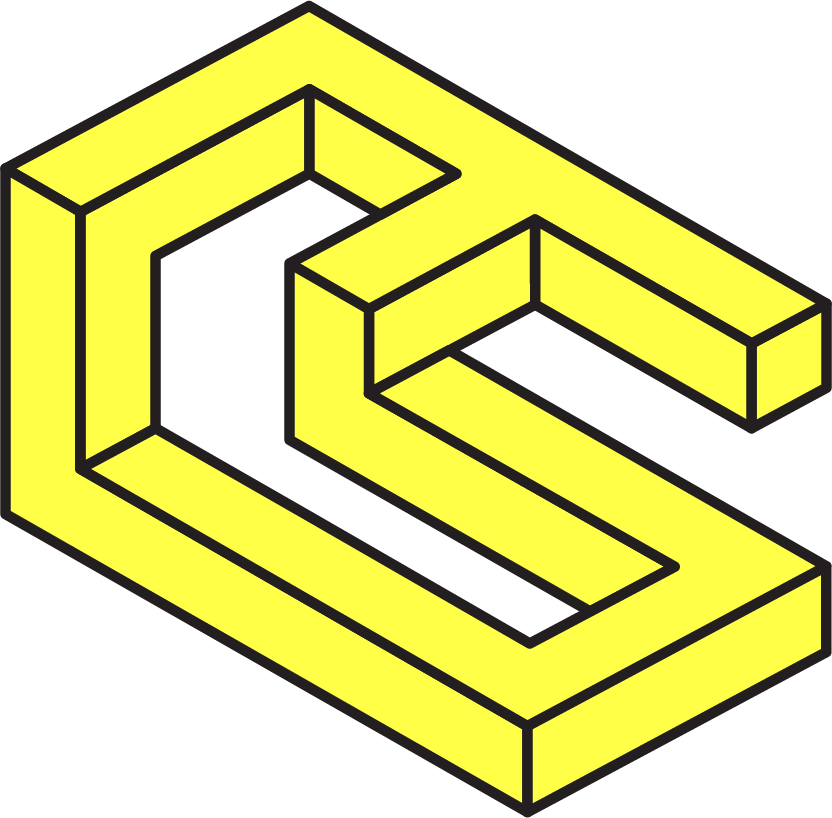What is a Dynamic NFT?
Dynamic NFTs shift the value center from rarity and speculation to utility. How a player uses a dNFT provides the basis for its value.
A dynamic NFT (dNFT) is a kind of living non-fungible token (NFT) that uses embedded smart contract instructions to change its metadata under specific internal or external conditions. This ability to change with game progress pushes NFT use cases beyond art, music, and other "static" media. Alongside semi-fungible tokens, dNFTs have the potential to greatly expand the design space for web3 applications.
Since dynamic NFTs are a variant of classic NFTs, here's a little background information.
Unpacking dynamic NFTs
Non-fungible tokens (NFTs) are provably scarce digital items. Each token has a unique tokenID and a contract address to verify its ownership to a specific user. NFTs are critical to play-to-earn games and have made the largest cultural impact so far as the basis for tradeable digital collectibles.
This new version expands the potential for the web3 game design space by allowing for greater malleability of tokenized game assets. Dymaic NFT game assets can transform with progress, providing a degree of interactivity not found in standard NFTs.
These kinds of digital assets can react to your game character's progress, specific chain events, external events, or even weather conditions (why not?)—consider a weapon or skin that automatically becomes holiday-themed between December 1st and 31st, for example.
Standard NFTs typically derive their value from rarity. When applied to gameplay, this quality doesn't always provide the best experience for players. Rare game items become prohibitively expensive and possibly unusable, given their real-world dollar value.
While rarity can still affect the value of a dynamic NFT, their ability to change through gameplay gives players more control over their value. Blockchain games that provide augmentable, collectible items incentivize players to spend time developing their assets into something useful (i.e., playing the game). Game devs receive an increase in player retention, while players receive a more meaningful form of gameplay and value creation.
Dynamic NFTs shift the value center from rarity and speculation to utility. How a player uses a dNFT provides the basis for its value.
Because of their capacity for progression, dynamic NFTs give web3 gaming the type of engaging experience people are accustomed to. Adding even more potential for personalizing in-game items elevates the notion of true digital ownership.
How do dynamic NFTs work?
Here's a simple step-by-step of the inner workings of the dNFT minting process.
- The player mints a dNFT, either fresh out of the box or after using it for a while.
- Upon minting, the oracle collects external data and sends it to the dNFT smart contract.
- The smart contract updates the dNFT based on the input from the oracle.
- Beyond the minting process, the smart contract continues to collect data from the oracle.
- The dNFT is updated or modified continuously depending on the data received.
ERC-1155 and ERC-721 standards
Standard NFTs are typically built using the ERC-721 token standard. Dynamic NFTs sometimes are as well, given the use case. However, the ERC-1155 standard holds a major advantage over ERC-721 that ultimately lends itself better to dNFT development.
Semi-fungibility
ERC-1155 supports both fungible and non-fungible tokens, offering flexibility for dynamic NFTs that might need to represent multiple assets or conditions.
Metadata updates
The ability to change metadata after minting is a key characteristic of dynamic NFTs, and ERC-1155 enables this by allowing for token IDs with shared attributes to be updated.
External data integration
Dynamic NFTs often rely on external data sources (like oracles) to trigger changes in their metadata. ERC-1155 facilitates this by allowing smart contract logic that can interact with external data feeds.
A dynamic NFT example
Character progression, especially in RPG games, is a great example of what we can do with a dynamic NFT. Players often start RPG games as a generalist, then specialize their skills as they advance through the game.
In this example, the player character itself is built as a dynamic NFT. As the player progresses, they get an opportunity to specialize. By picking one of, let's say, the Warrior, Thief, or Mage vocations, new metadata gets unlocked in their character, upgrading its in-game asset.
Game designers can program the character dNFT to update its artwork, along with its available skills and abilities. As the player makes progress in the game, eventually, they may elevate themselves from a common peasant to a glory-seeking warrior. That's typical, but with a dNFT, they now have a tradable asset whose value reflects their achievements in the game.
The possibilities here aren't limited to the in-game environment, however. Let's say our warrior participates in a tournament event where they square off against other players. If the player wins, their character dNFT could update to include a visual signifier of this achievement, new dialogue options, or benefits with non-player characters—whatever the game designers can dream of.
Dynamic NFT use cases
Game developers are already enhancing digital experiences with dynamic NFTs. Here's a look at a few interesting examples.
Crypto Surferz
Crypto Surferz is an online metaverse of quirky arcade games where players compete to earn surf coins and CSF tokens. These tokens can be used to purchase in-game assets with dynamic upgradable stats, increasing the player's chance of winning. This model provides a great use case for the project's token as well as providing outstanding utility for a new style of NFTs.
Kanaria
Kanaria is a good early example of dynamic NFTs. This game involved minting eggs that could one day hatch with long-term, evolutionary benefits to its owner. Other players can leave "emotes" on an unhatched egg, the combination of which affects the type of bird that eventually hatches.
Goal Revolution
In this football (soccer) club manager, players must consistently train their players to increase their abilities on the field. Players are represented by dNFTs that actually regress in ability if managed poorly.
ChainSafe dynamic NFT support
Good news, everyone! Dynamic NFTs are in the works for ChainSafe Gaming's web3.unity library. Our open-source library for web3 game builders will include the ability to add changeable blockchain assets to your games.
We offer a drag-and-drop collection of tools to power your web3 game. You can access these features today with our web3.unity gaming SDK:
- NFT Minter
- In-game marketplace
- Multichain support
- Multi-wallet support
- Web, mobile, and native desktop support
ChainSafe also offers 1-on-1 consulting services to get your project up and running!
Check out the web3.unity github to follow along as we build the tech stack for the next generation of games.
Join our community!
If you have any questions, join our growing community over in the #🕹 gaming-general channel in the ChainSafe Discord.
About ChainSafe
ChainSafe is a leading blockchain research and development firm specializing in protocol engineering, cross-chain interoperability, and web3-enabled gaming. Alongside its contributions to major ecosystems such as Ethereum, Polkadot, and Filecoin, ChainSafe creates solutions for developers and teams across the web3 space utilizing expertise in gaming, interoperability, and decentralized storage. As part of its mission to build innovative products for users and improved tooling for developers, ChainSafe embodies an open source and community-oriented ethos to advance the future of the internet.

